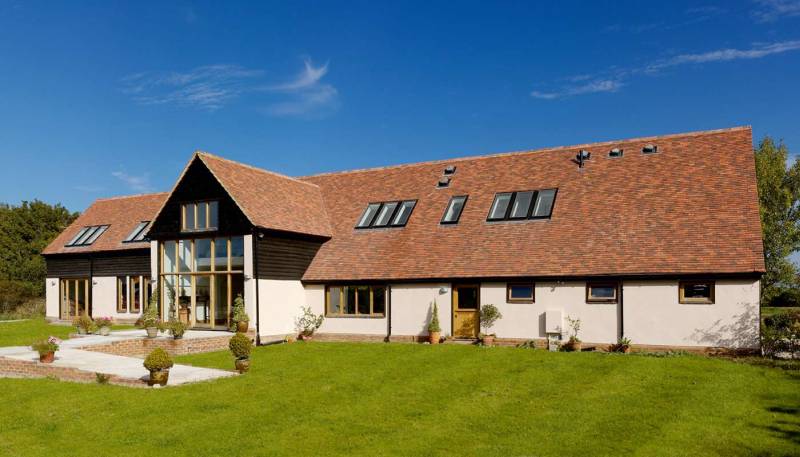
The number of agricultural to residential conversions in the UK has dropped 34% in six months, from 574 in Q3 2016 to just 377 in Q1 2017.
According to figures from the Department for Communities and Local Government, housing developers are suffering from a lack of funding, which is cutting off the supply of new housing in the countryside.
Conversions of agricultural buildings into residential buildings has been seen as an important way of closing the housing gap – a problem which is just as critical in the countryside as it is in the cities.
Converting outbuildings such as barns and stables into housing can be a very low impact way of combatting the UK’s chronic rural housing shortage.
Developers are keen to convert these buildings, help meet demand, and close the housing gap. However, access to funding remains an obstacle.
Farmers could also find that their finances are challenged when subsidies are reviewed following Brexit. If subsidies are withdrawn from farmers, converting unused agricultural buildings could be an effective way to supplement their income.
Surplus buildings
Liam Brooke, director and co-founder of peer to peer secured lending platform Lendy, says that farmers have a chance to make the most out of surplus buildings.
“Conversions are a good way for farmers to diversify their income. However, the drop in the number of barn conversions indicates that developers are lacking access to funds to commence with these kinds of projects.
“The housing shortage is just as critical in both rural and urban areas, and developers are keen to ramp up activity in these areas. However, a lack of funding means they are finding it difficult to get projects to get off the ground.”
According to rural organisation the CLA, local councils are continuing to block around half of all prior approval applications to turn redundant farm buildings into homes.
Only 226 homes have been built in 2015/16 using permitted development rights and around half of all prior approval applications in the whole country continue to be rejected by planning authorities.
